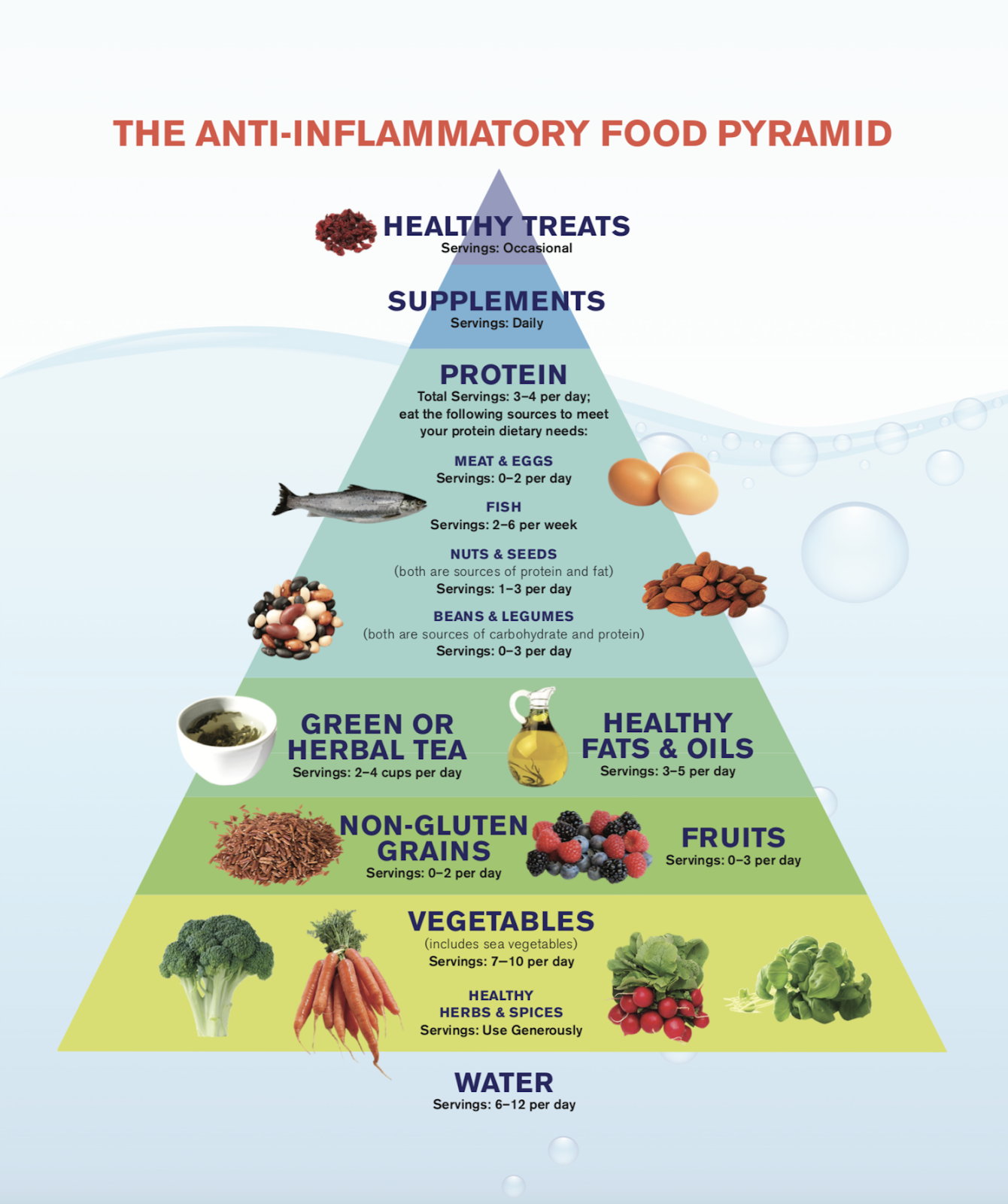Canada needs a new food guide (already!)

In our new course introduced this past weekend, ‘Nutritional Counselling for Kinesiologists’, we talked about Health Canada’s recommendations for a ‘healthy’ diet. As you can imagine, there were lots of questions!
Canada began publishing food guides way back in 1942. In January 2019, Canada released its most recent guide. I believe that, in Canada we actually have two food guides - one is ‘official’ and developed and published by Health Canada, and one is, well, not official at all - but it should be!
Most of us are familiar with the old rainbow shape and the general content of ‘Eating Well with Canada’s Food Guide’. The updated Guide, now reimagined in the shape of a circle, is offered in 31 languages including nine native languages: Dene, Michif, Inuinnaqatan, three dialects of Inuktitut (Baffin, Nunatsiatvut, Nunavut) and Ojibwe, Oji-Cree and Plains Cree.

Interestingly, Health Canada used to publish a completely separate food guide for Indigenous, First Nations and Metis Canadians. It was offered in five languages: English, Inuktitut, Ojibwe, Plains Cree and Wood Cree.
The previous circle shape of the Guide for Indigenous, First Nations and Metis peoples was sensitive to nature's balanced circle of life. The Guide respected food as a link to land, culture and community. It also respected the spirituality that food often represents for Indigenous Canadians.

Some of the foods in the former Guide that are not mentioned in the current Canada’s Food Guide include:
- Bannock
- Wild rice
- ‘UHT’ milk - this is milk pasteurized at ‘ultra high temperatures’ to kill bacteria and spores and improve its shelf life to keep it as fresh as possible until opened
- Seaweed
- Wild plants
- Wild meats like deer, moose, beaver, caribou, rabbit, birds, and seal
- Fresh or canned fish like mackerel, salmon and shellfish like crabs and clams
- Seal or whale oil or ooligan grease
Canada’s most current Food Guide was updated in June 2019. In my opinion we still have a long way to go to help Canadians improve their health and wellbeing:
- We are still receiving messages to limit our saturated fat. The Guide doesn’t clearly explain the differences between the kinds of saturated fat that we choose eg. avocado vs steak.
- There is no differentiation made between the high levels of sodium found in many processed foods and natural sea salt from our oceans. Having enough salt is critical for many of our physiological functions.
- We aren’t advised to choose olive oil or coconut oil over highly processed canola or vegetable oil. Shockingly, the Guide still actually mentions margarine as a healthy fat!!
- Complex carbohydrates (from vegetables, steel cut oats and quinoa) and are not promoted over simple sources of carbs (cereals, corn, potatoes, pasta and rice).

In my kinesiology and nutrition practices I use the alternative ‘Anti-Inflammatory Food Pyramid’ to counsel my clients.
This guide is promoted by a colleague of mine, registered holistic nutritionist Julie Daniluk. While I couldn’t find the source for this image, it is based on the one in this 2018 article from Italian researchers Rondanelli et al.: Food pyramid for subjects with chronic pain: foods and dietary constituents as anti-inflammatory and antioxidant agents.
With no pressure to keep the dairy, meat, sugar and grain industries happy, the image above sets out a way of eating that is beneficial to our gut health (and therefore our brain health) and also helps us to keep systemic levels of inflammation at a minimum.
As we compare Canada’s Food Guides with the Anti-Inflammatory Food Pyramid, we can see some big differences:
- Emphasis on plain water
- HUGE focus on vegetables
- Much attention is paid to various sources of protein
- Tea and healthy fats get their own mention!
- Supplements like vitamin D are important for health maintenance and promotion
Regardless of the food guide you choose to follow, mindfully consider the source and quality of your food, keep it whole rather than packaged or processed and enjoy your favourites together with your family and friends. And remember, all foods have their place.
‘Eat food. Not too much. Mostly plants.’ ~ Michael Pollan
Become a Guest Blogger!
We are now accepting applications for new Guest Bloggers! We encourage our fellow bloggers or aspiring bloggers to share their knowledge with the First Line Education community! If interested, please click the link below.


